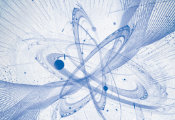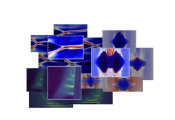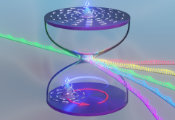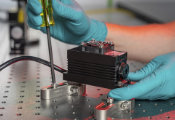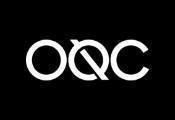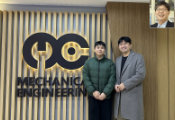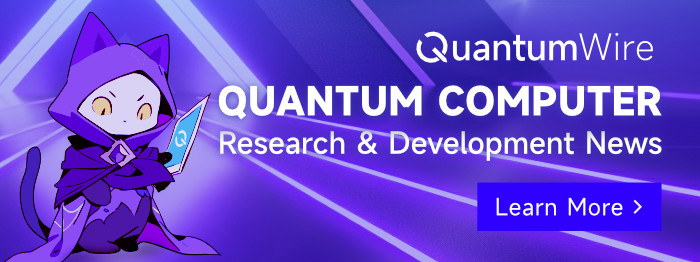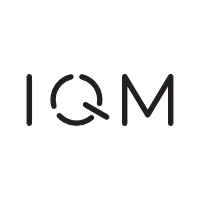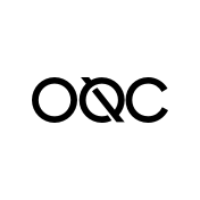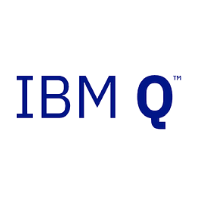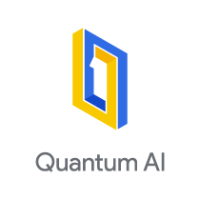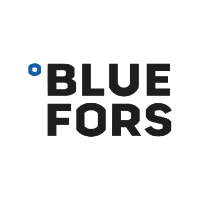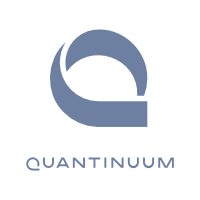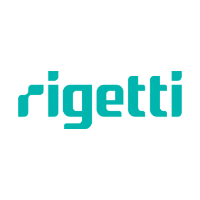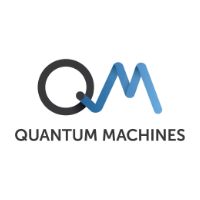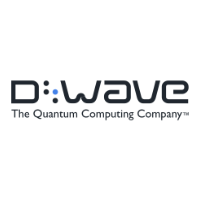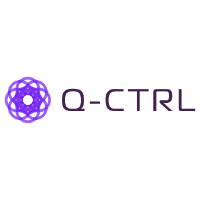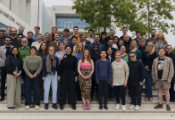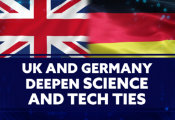Riverlane to Deploy Quantum Error Correction at Oak Ridge National Laboratory
Cambridge, UK, September 04, 2025 -- Riverlane, the global leader in quantum error correction, today announced that it will deploy its QEC technology, Deltaflow 2, at the Department of Energy’s Oak Ridge National Laboratory (ORNL).
The installation, scheduled to complete by the end of September 2025, represents a major step in integrating quantum error correction with high-performance computing (HPC), accelerating global progress toward utility-scale hybrid quantum-HPC systems capable of solving many practical, real-world problems that are currently unsolvable with HPC systems alone.
Quantum computers are extremely sensitive to errors caused by noise, interference and hardware instability. As a new generation of ‘utility-scale’ systems scale up to perform meaningful applications beyond the capability of even the world’s largest classical computers, they must correct millions or even billions of errors per second in real time. This process, known as quantum error correction, is essential to keeping all quantum programs running successfully.
Quantum error correction is not handled by the quantum processor alone. It relies on powerful classical systems that can process quantum data with extremely high speed and low latency. As quantum computers scale, they will work alongside high-performance computing infrastructure, rather than operate on their own. In this hybrid model, national labs and supercomputing centres benefit from specialised technology to manage the error correction workload, coordinate classical and quantum processes, and ensure reliable performance.
Riverlane’s Deltaflow 2 provides this capability. It is the world’s first dedicated real-time QEC technology that performs quantum error correction by decoding the data generated by quantum systems with ultra-low latency. Built on Riverlane’s proprietary QEC chip stack and compiler, Deltaflow 2 is designed to enable millions and ultimately trillions of reliable quantum operations (QuOps), accelerating the path to utility-scale quantum computing.
“Deploying Deltaflow 2 at Oak Ridge National Laboratory demonstrates the role real-time quantum error correction will play as a core layer in high-performance computing. This milestone brings us closer to utility-scale quantum computing and shows that the world’s top national labs are acting now to make quantum computing useful,” said Steve Brierley, Founder & CEO of Riverlane.
At Oak Ridge National Laboratory, Deltaflow 2 will be integrated with ORNL’s Oak Ridge Leadership Computing Facility’s HPC Ecosystem. The OLCF is a DOE Office of Science user facility and home to Frontier, one of the most powerful supercomputers in the world. This first deployment will allow researchers to explore how quantum error correction can operate as a dedicated layer within a hybrid quantum–HPC architecture. A future phase is planned to connect the system to quantum hardware, which would make this one of the first real-time QEC integrations at a US national lab.
“Quantum error correction is an important component for how future fault-tolerant quantum computers will operate,” said Travis Humble, director of the Quantum Science Center at Oak Ridge National Laboratory. “QEC tools will enable ORNL to evaluate pathways for integrating quantum computing with HPC systems and examine the critical components needed to create scalable hybrid computing systems.”
This installation demonstrates Riverlane’s growing role in supporting the US quantum ecosystem. By working with DOE national labs, Riverlane is contributing to the DOE’s mission to develop scalable quantum technologies that advance national science, energy and security priorities.
This latest milestone builds on Riverlane’s prior work with ORNL on the QStone project, which developed the first benchmarking suite for integrating quantum and HPC systems. Deltaflow 2 now delivers the performance to support this next phase, reinforcing Riverlane’s position as a trusted partner in the development of hybrid quantum–HPC systems.

